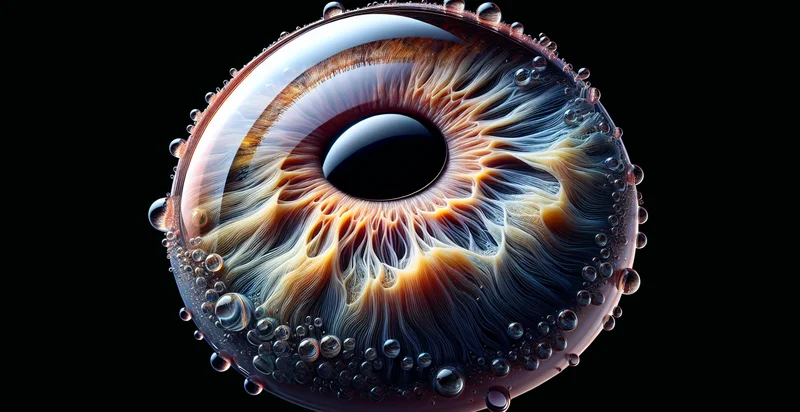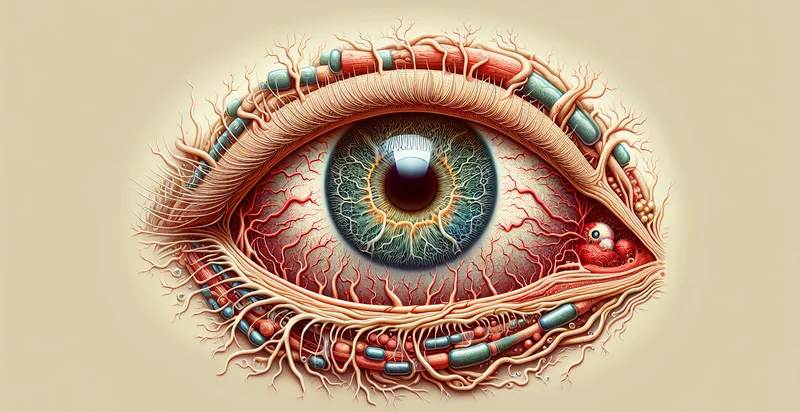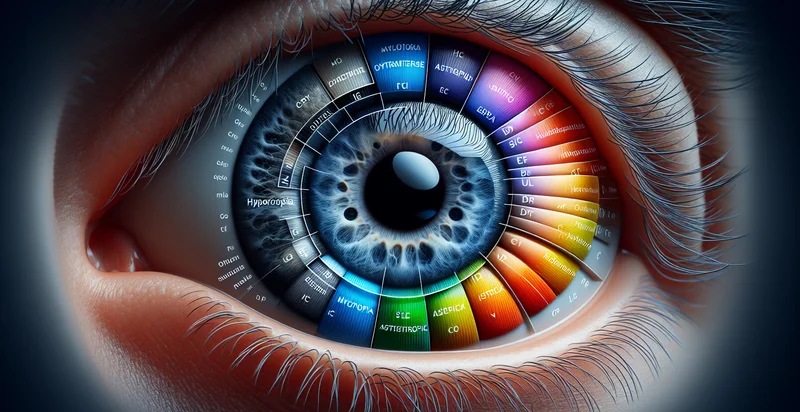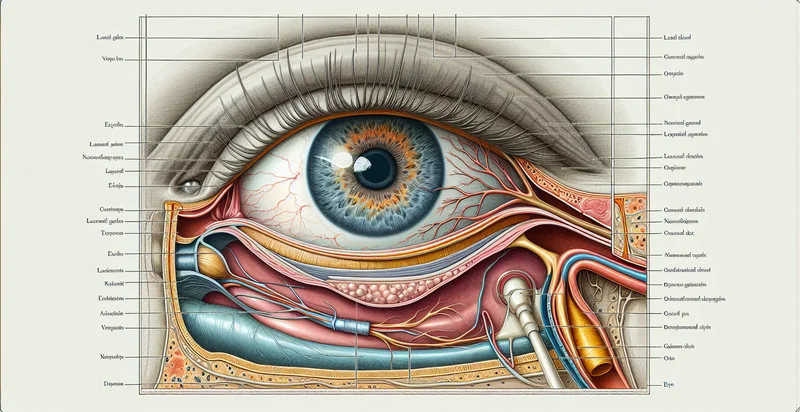Identify tear film quality
using AI
Below is a free classifier to identify tear film quality. Just upload your image, and our AI will predict the quality of tear film in patients' eyes - in just seconds.

Contact us for API access
Or, use Nyckel to build highly-accurate custom classifiers in just minutes. No PhD required.
Get started
import nyckel
credentials = nyckel.Credentials("YOUR_CLIENT_ID", "YOUR_CLIENT_SECRET")
nyckel.invoke("tear-film-quality", "your_image_url", credentials)
fetch('https://www.nyckel.com/v1/functions/tear-film-quality/invoke', {
method: 'POST',
headers: {
'Authorization': 'Bearer ' + 'YOUR_BEARER_TOKEN',
'Content-Type': 'application/json',
},
body: JSON.stringify(
{"data": "your_image_url"}
)
})
.then(response => response.json())
.then(data => console.log(data));
curl -X POST \
-H "Content-Type: application/json" \
-H "Authorization: Bearer YOUR_BEARER_TOKEN" \
-d '{"data": "your_image_url"}' \
https://www.nyckel.com/v1/functions/tear-film-quality/invoke
How this classifier works
To start, upload your image. Our AI tool will then predict the quality of tear film in patients' eyes.
This pretrained image model uses a Nyckel-created dataset and has 15 labels, including Adequate, Consistent, Elevated, Excessive, Good, Inconsistent, Insufficient, Marginal, Normal and Optimal.
We'll also show a confidence score (the higher the number, the more confident the AI model is around the quality of tear film in patients' eyes).
Whether you're just curious or building tear film quality detection into your application, we hope our classifier proves helpful.
Related Classifiers
Need to identify tear film quality at scale?
Get API or Zapier access to this classifier for free. It's perfect for:
- Ophthalmology Clinics: Ophthalmology clinics can utilize the tear film quality identifier to assess patients' tear film integrity during routine eye exams. By accurately identifying abnormal tear film quality, clinicians can tailor treatment plans for conditions like dry eye syndrome or other ocular surface disorders.
- Contact Lens Manufacturers: Contact lens manufacturers can implement this function to evaluate the compatibility of different lens materials with varying tear film qualities. This will enable them to develop lenses that enhance comfort and reduce dryness for users, improving overall customer satisfaction.
- Telemedicine Platforms: Telemedicine platforms can integrate the tear film quality identifier in virtual consultations, allowing healthcare providers to obtain crucial diagnostic information remotely. Patients can benefit from quicker assessments and recommendations for eye care products without a physical visit.
- Pharmaceutical Companies: Pharmaceutical companies can use this function in the development and testing of new eye care products. By identifying how different formulations affect tear film quality, they can create innovative treatments that provide better relief for conditions like dry eyes or allergies.
- Wearable Eye Monitoring Devices: Manufacturers of wearable eye monitoring devices can incorporate this identifier to provide real-time feedback on users' eye health. This data can help users make informed decisions about their environment, screen time, and hydration to maintain optimal eye moisture.
- Vision Research Institutes: Vision research institutes can leverage the tear film quality identifier in clinical studies to analyze the impact of environmental factors on ocular health. This information can contribute to a better understanding of eye diseases and lead to the development of preventive strategies.
- Optometry Educational Programs: Optometry educational programs can incorporate this technology in their training curriculum, providing students with hands-on experience in assessing tear film quality as part of comprehensive eye examinations. This will enhance their diagnostic skills and better prepare them for future clinical practice.


